I am hoping to add a series of posts about things you should know before building a home. I am trying to keep a list of "things I don't know you don't know" I know that sounds silly, but when you've been doing this for awhile, you forget what other people know and what they don't. I have a current client who has been very helpful in tracking the things they "wished they would have known or understood" and making a list to help other homeowners through the process.Today I want to talk a little bit about land and the initial legwork when picking a place to build a house.
Have a survey done on the property
We always recommend having a property survey done. We love working with Main Land Development Consultants who have done everything from surveys, environmental testings and septic design. It is extremely helpful for the architect, builder, excavation, septic and concrete installer to understand what the topography of the site is. It is also important to call out featured items that you would like to keep or highlight on a property. In the inverse, some property lines are tight and it might be critical to understand the footprint of your lot, where your lot lines are, and exactly how much space you can cover. And it is absolutely critical when building on the water. Anything within 250 feet of a major water body is subject to different DEP rules. Most towns will not accept a building permit for a lot adjacent to a waterbody without careful consideration of the impervious areas, lot clearing, distance to the water body, and flood plane elevations.
Always get title insurance
Our friends over at Cumberland Title offer great videos for first time homebuyers on some of the pitfalls or information you'll run into when buying a house. Their recommendation to us, for owners looking to build, is to always get title insurance. It's their job to dig into the history of the property to make sure you are getting exactly what the property states. You don't want to find out, after you have built, that there is some kind of discrepancy or dispute on your property. It can be a very important step when someone is subdividing a property or purchasing a property that used to be part of a larger parcel. On lakefront properties we often find old deeded right of way access or septics on others properties. It's important to understand all the impacts on your property before moving forward with a sale agreement.
Zoning: Just because you own it, doesn't mean you can do whatever you want on it
This one can be tough to understand, but every town has rules about what you can do in certain areas of the town. For example, in the city where we live you can not build a house in the Ag zone unless you make 50% of your income from farming. Some zoning regulations like this one are set up to preserve land mass. In towns with lakes you can only build on a small percentage of your property in the shoreland zone to help prevent water runoff from contaminating the lake. In other areas, you may not be able to have certain types of business uses (like an auto body shop) no matter how large your piece of land is. In other zoning districts you may not be able to have an in-law apartment or multiple dwellings. And further still, in some towns or developments, you may be required to follow aesthetic regulations, energy criteria, or adhere to things that are not allowable (like modular homes) in your neighborhood.
Orientation: How and Where the house is placed on the lot
You might be thinking "what do you mean by orientation" so let me give you a few examples. First, the cheapest thing you can do to improve the efficiency of your home is to orient it the right direction. Back before we had so much technology, it was ingrained in our building senses to point ourselves towards the sun (namely South). But what happens if you decide to buy a piece of property on the lake that faces North? You end up with a very cold house, because you end up with too much glass on the wrong side of your home. But if you intend to use it year round, it can be a real drain on your energy and your finances to have so much North facing glass. Or you buy a piece of property in a neighborhood where all the houses face the street, but the front of your house should be one of the more attractive sides of your home. So if it faces north, you have the same issue I mentioned above, or maybe it's a busy street and you want to try and cut down some of the street noise. Sometimes we fail to consider the impacts of owning a lot and placing the house further off the road. Initially it sounds like a great idea for privacy or maybe to get to the view on the property. However, the further you are from the utilities the more the site work will cost. Two major factors are the cost of a long driveway and the cost to run electricity from the road (above ground with poles and wires) or (below ground with underground power). If you have a tight budget, what was a 10K site budget can grow to 40K in no time. I don't want to steer you away from those larger land properties, but just a thought or a reminder that there is cost savings to density. To get to the right location for the house to sit you end up having a really long driveway or having to clear too much of the lot. Orientation and placement on a lot can be very challenging. I have to laugh because one of my clients recently said to me "You and the builder couldn't have sited the house more perfectly, even though we were standing in the middle of the woods and couldn't see anything at the time" It was a challenging site, a triangle. But the owner had a clear vision of what they wanted and the builder and I had a pretty good idea of the land layout, even if you couldn't see the forest through the trees.
Be sure you'll understand what your taxes will be
And last, but certainly not least: Taxes. It's tax season, so this one is on our minds. It's critical you understand, before building or buying land, what your tax rates will be. You might find the perfect piece of property only to discover that the mill rate on taxing your home is very high. Some areas have desirable school systems or better community services. If this is something you plan to take part in, it might not matter to you. But it can drastically affect your monthly payments if your taxes are $1000/mo vs $150. This is something that many people fail to take into account. You may be able to build in the next town over for a much lower amount, but you may also be sacrificing services that you would like to have. It's something that I think should be factored into the financial decisions as you consider where you might build.
We hope that some of these tips will be helpful as you are out searching for land! Having a plan can make all the difference when building a home you love.


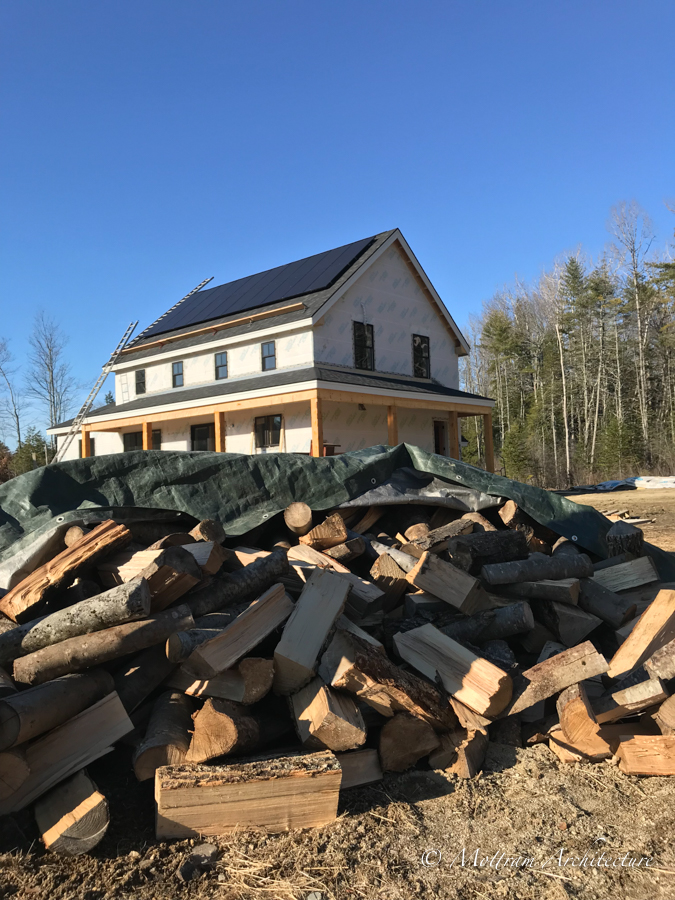 It takes a little bit longer to build super insulated structure. It takes a little bit more thought to put it all together. But winter days spent inside a home with no drafts, temperatures above 80, and the security of keeping your family warm on these cold cold days makes it well worth it. Not everything in a zero energy house costs money. The simple act of facing the house south can have a huge impact on the way it performs. Spending the time to seal all gaps, cracks, seams, and holes in the envelop is very cheap with an extremely quick return. And air sealing is something pretty much any homeowner can do. The best thing you can do when installing windows is seal around them after they are installed. Instead of stuffing fiberglass next to the windows, use a low expanding spray foam and make sure they are sealed in well. This is where most people see the savings on windows. Put in the best windows you can afford while building, and then seal them. The performance of a window will never equal the performance of an insulated wall. The
It takes a little bit longer to build super insulated structure. It takes a little bit more thought to put it all together. But winter days spent inside a home with no drafts, temperatures above 80, and the security of keeping your family warm on these cold cold days makes it well worth it. Not everything in a zero energy house costs money. The simple act of facing the house south can have a huge impact on the way it performs. Spending the time to seal all gaps, cracks, seams, and holes in the envelop is very cheap with an extremely quick return. And air sealing is something pretty much any homeowner can do. The best thing you can do when installing windows is seal around them after they are installed. Instead of stuffing fiberglass next to the windows, use a low expanding spray foam and make sure they are sealed in well. This is where most people see the savings on windows. Put in the best windows you can afford while building, and then seal them. The performance of a window will never equal the performance of an insulated wall. The 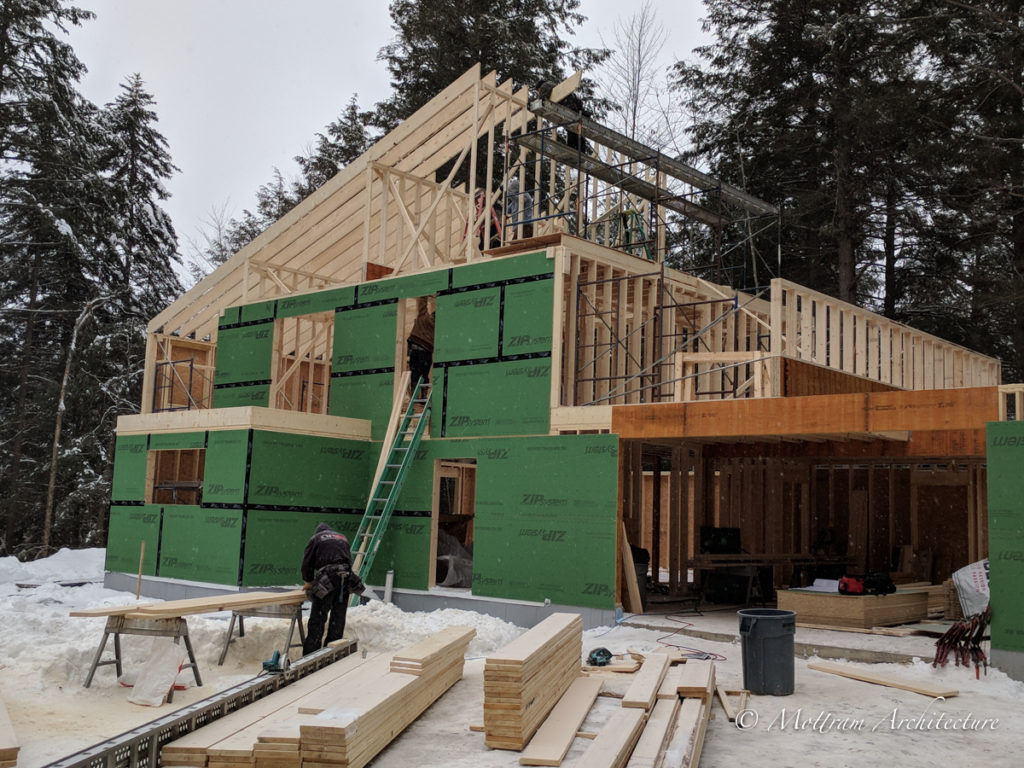 So as you consider building a new home, think about the benefits of building a better home. Take into consideration the costs of building better and the costs of choosing not to on these winter days. It isn't just about the money, it's comfort, durability, and the safety of your family.
So as you consider building a new home, think about the benefits of building a better home. Take into consideration the costs of building better and the costs of choosing not to on these winter days. It isn't just about the money, it's comfort, durability, and the safety of your family. Wishing you all happiness in 2018 and we hope you are enjoying your coffee inside your warm snow globe as the blizzard snow and wind whips around outside.
Wishing you all happiness in 2018 and we hope you are enjoying your coffee inside your warm snow globe as the blizzard snow and wind whips around outside.

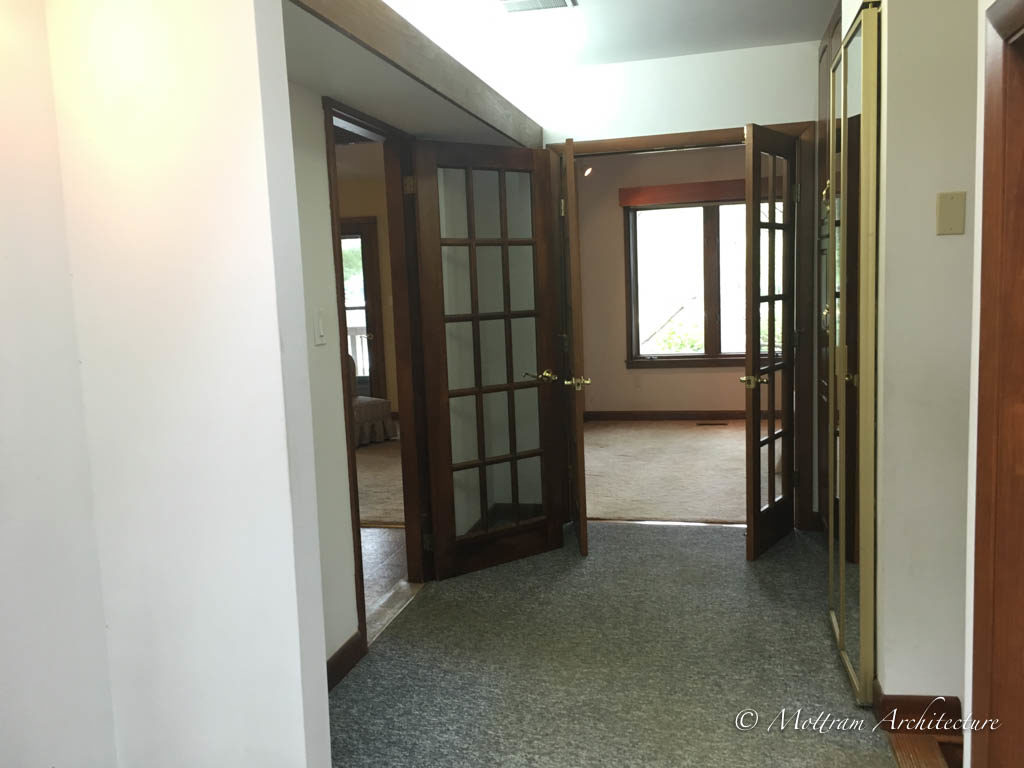




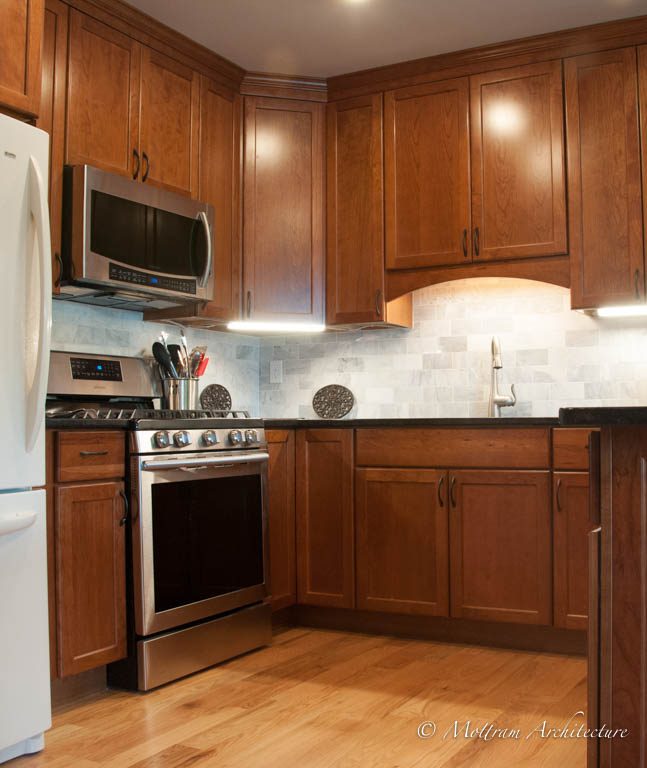


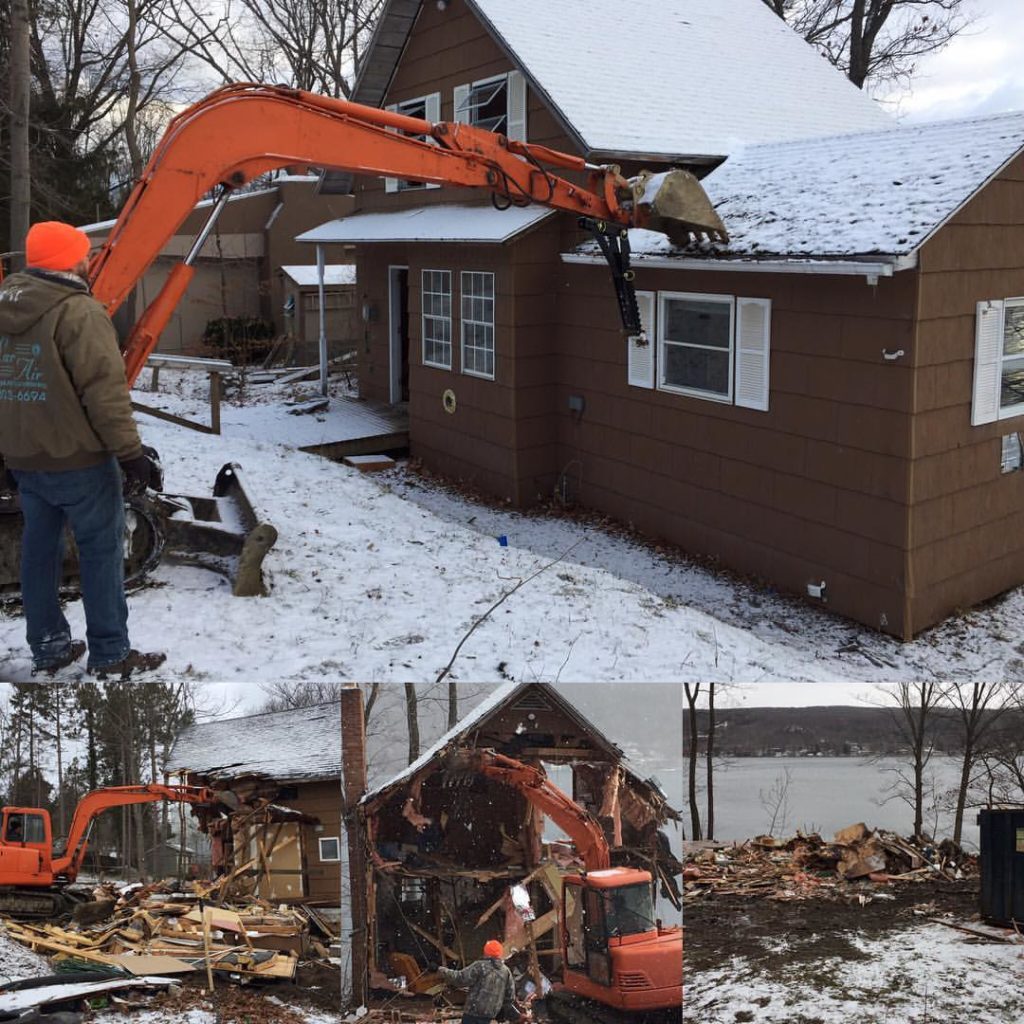 Demolition day! There was an existing structure on the property that had to come down before construction could start.
Demolition day! There was an existing structure on the property that had to come down before construction could start. But look at that view! Beautiful Keuka Lake, Jerusalem NY
But look at that view! Beautiful Keuka Lake, Jerusalem NY Then the digging can begin. This home sits up on the hillside above the lake. So it will have a walk out basement and the first floor will be just below street level.
Then the digging can begin. This home sits up on the hillside above the lake. So it will have a walk out basement and the first floor will be just below street level. Foundation going in
Foundation going in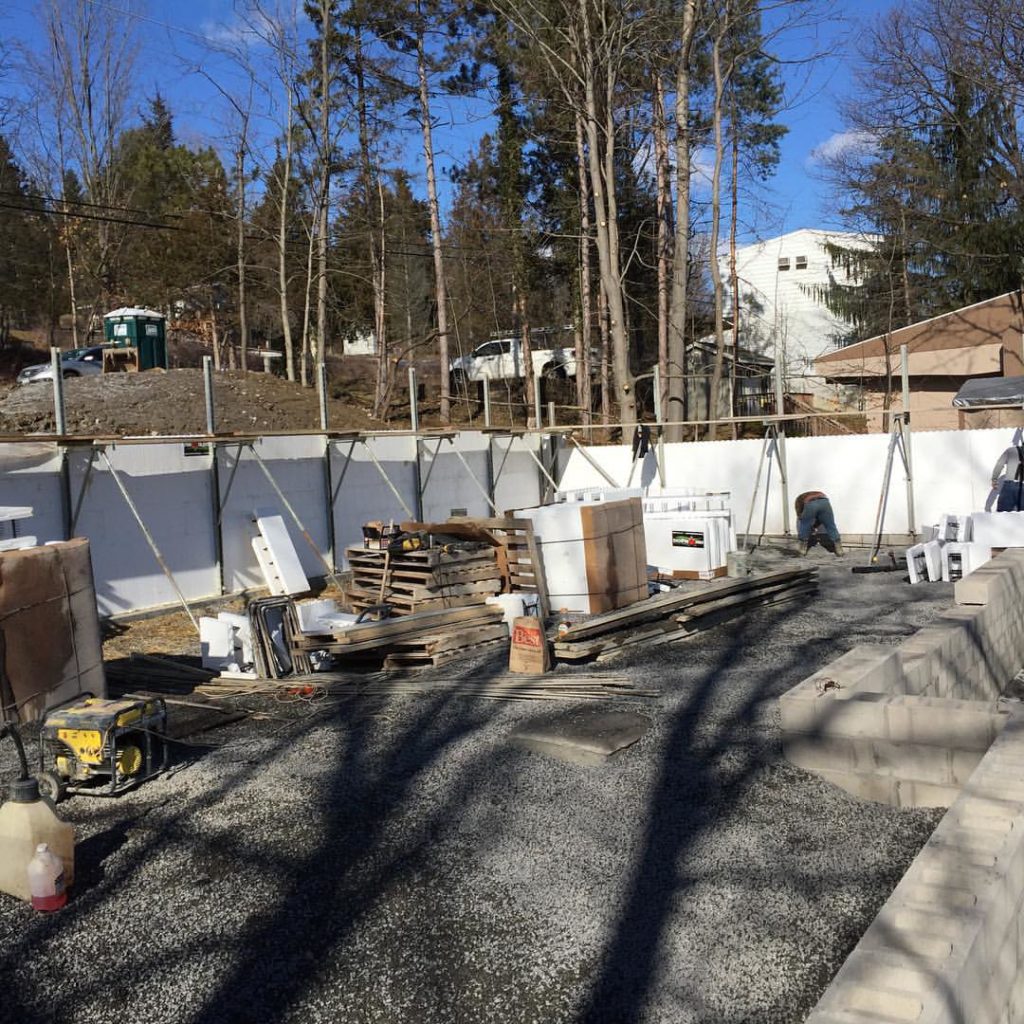 ICF's going up. In energy efficient building, we often talk about how critical it is to get the foundation right! So we have ICF block foundation on the two below grade sections with framed walls on the interior of the basement and 11 1/4" thick double framed walls on the two walk out sides of this house for an R-40 insulation value.
ICF's going up. In energy efficient building, we often talk about how critical it is to get the foundation right! So we have ICF block foundation on the two below grade sections with framed walls on the interior of the basement and 11 1/4" thick double framed walls on the two walk out sides of this house for an R-40 insulation value.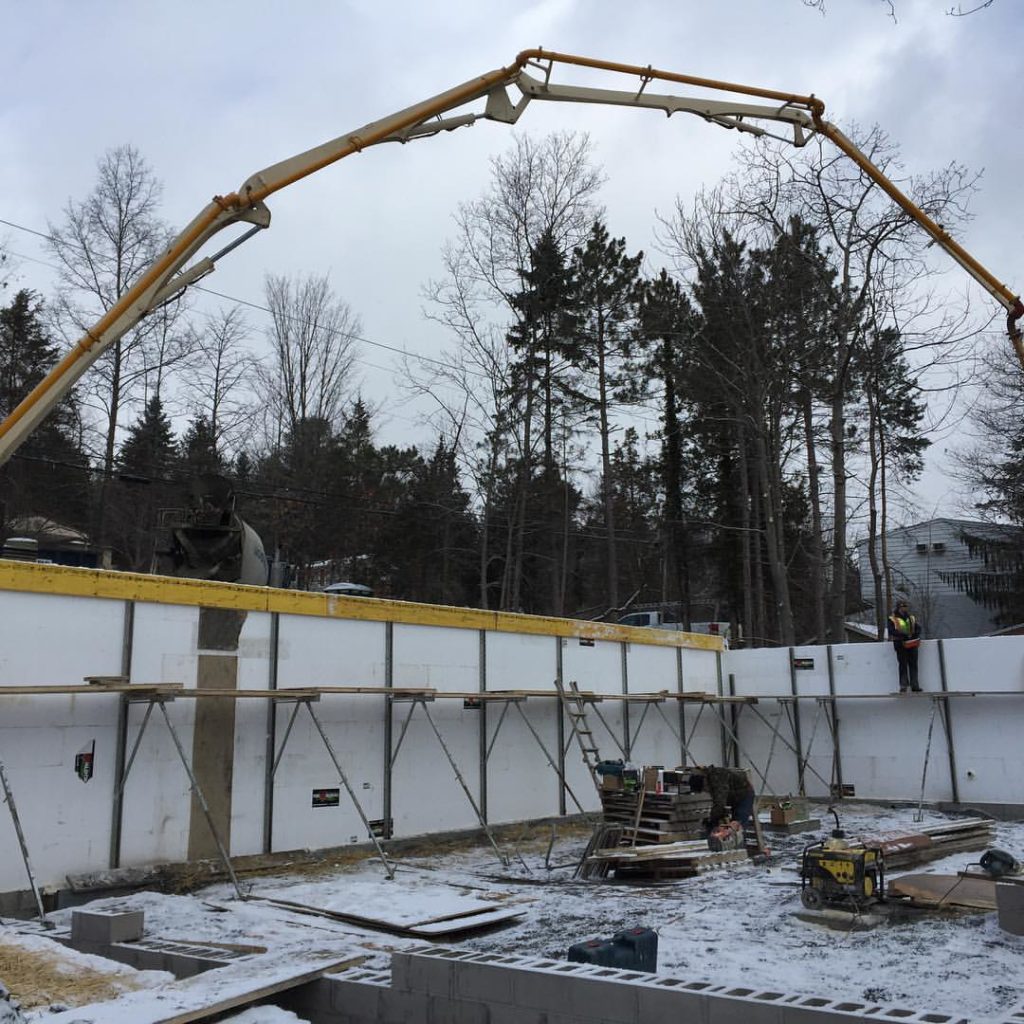 Pouring concrete in the ICF's
Pouring concrete in the ICF's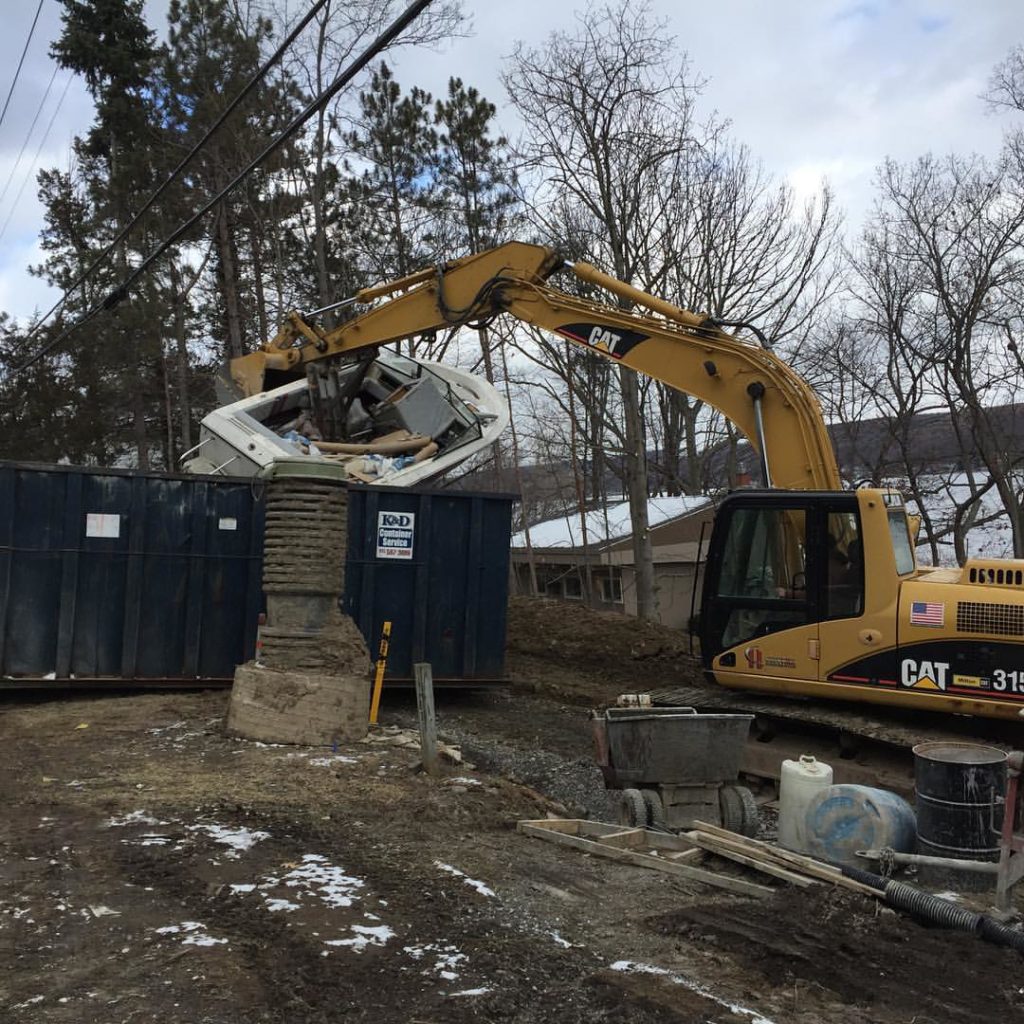 Couldn't help but share, sometimes its silly things like this on the job site that keep you motivated to build in the middle of February! There goes the derelict boat, into the dumpster.
Couldn't help but share, sometimes its silly things like this on the job site that keep you motivated to build in the middle of February! There goes the derelict boat, into the dumpster.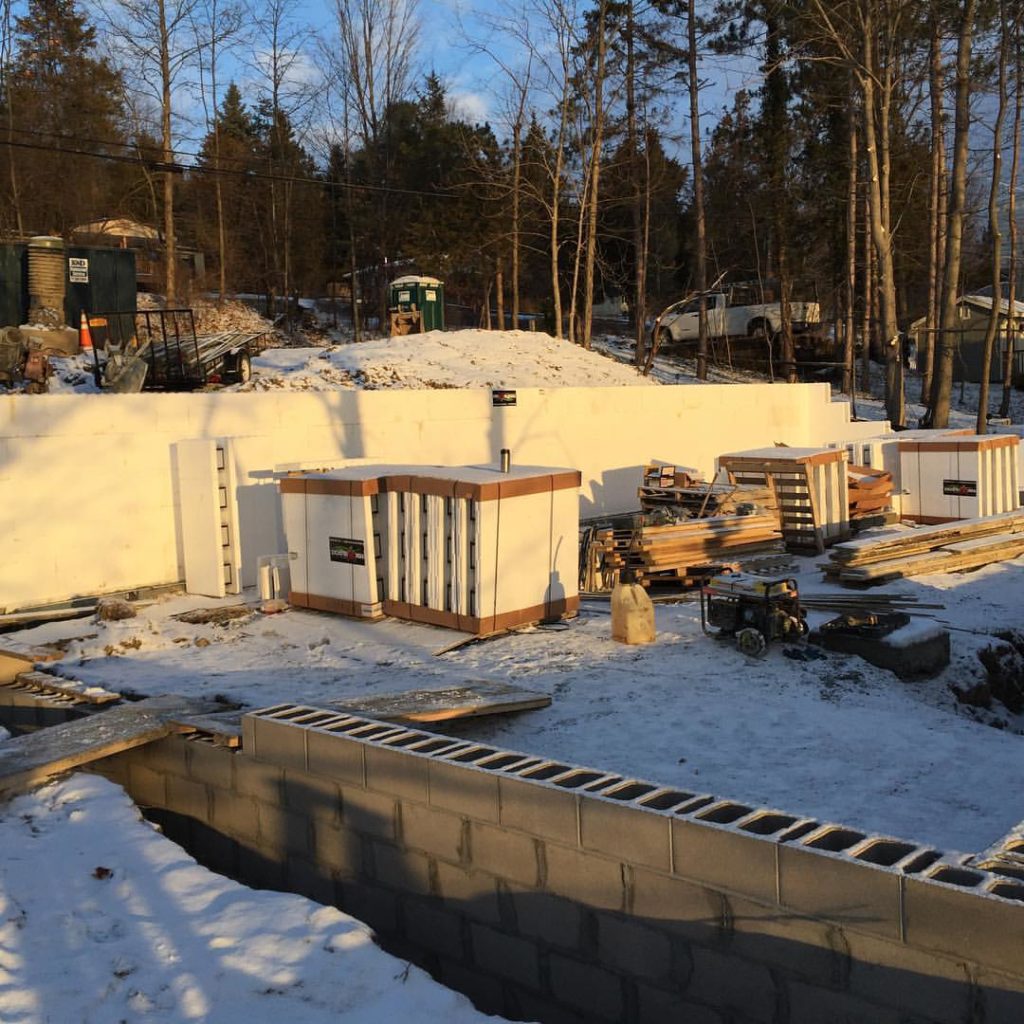 Block frost walls
Block frost walls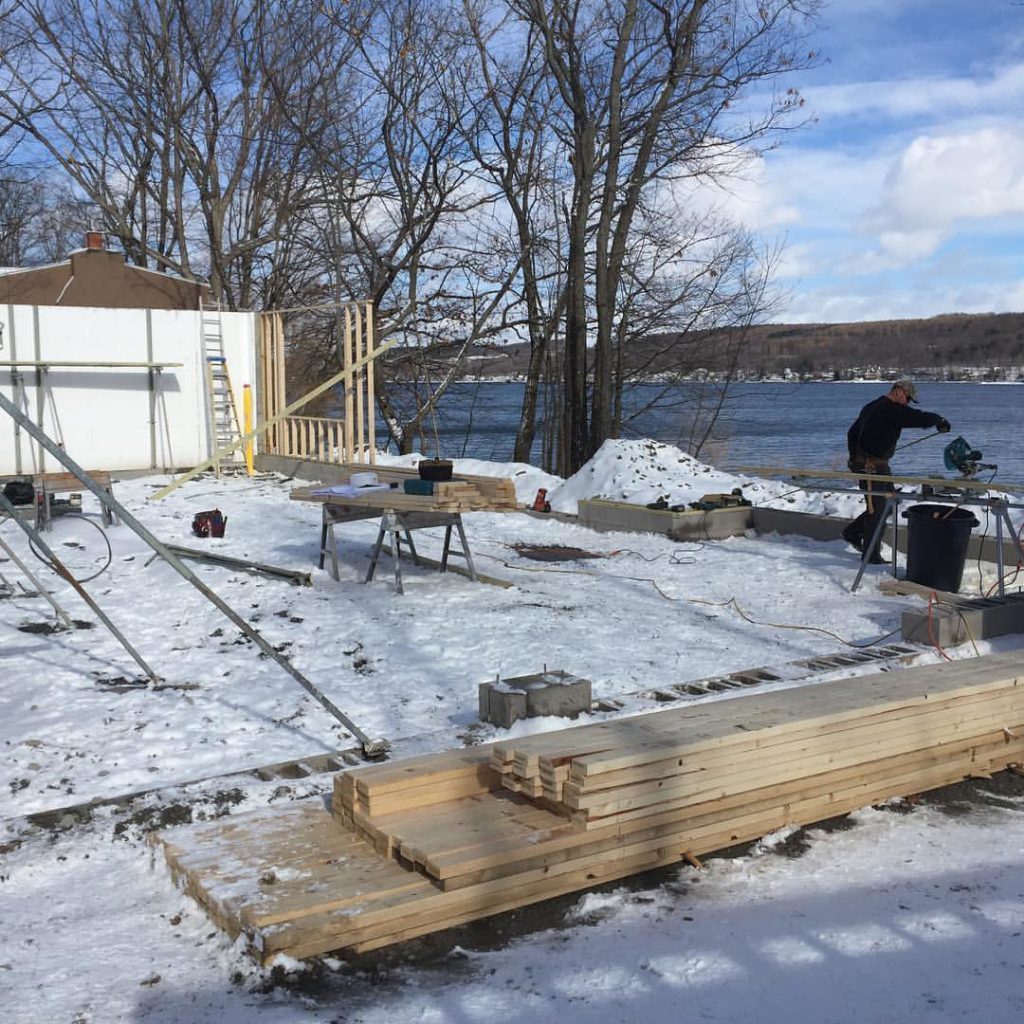 A little framing going up on the lake side.
A little framing going up on the lake side.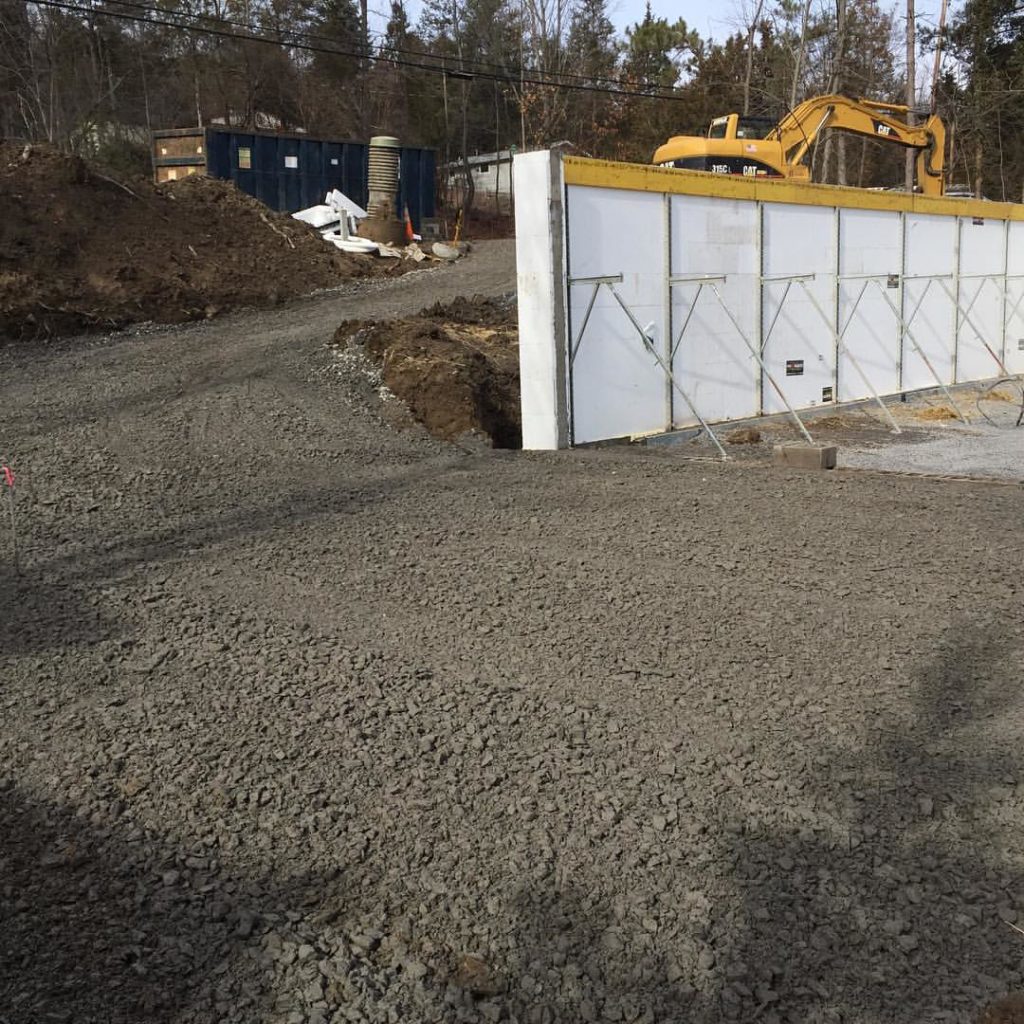 Driveway and rough grading coming down to the garage level and walk out side of the lake. It's so important to create the right type of drainage when changing levels, but especially when building on the lake. It's critical to know where your drainage is going.
Driveway and rough grading coming down to the garage level and walk out side of the lake. It's so important to create the right type of drainage when changing levels, but especially when building on the lake. It's critical to know where your drainage is going.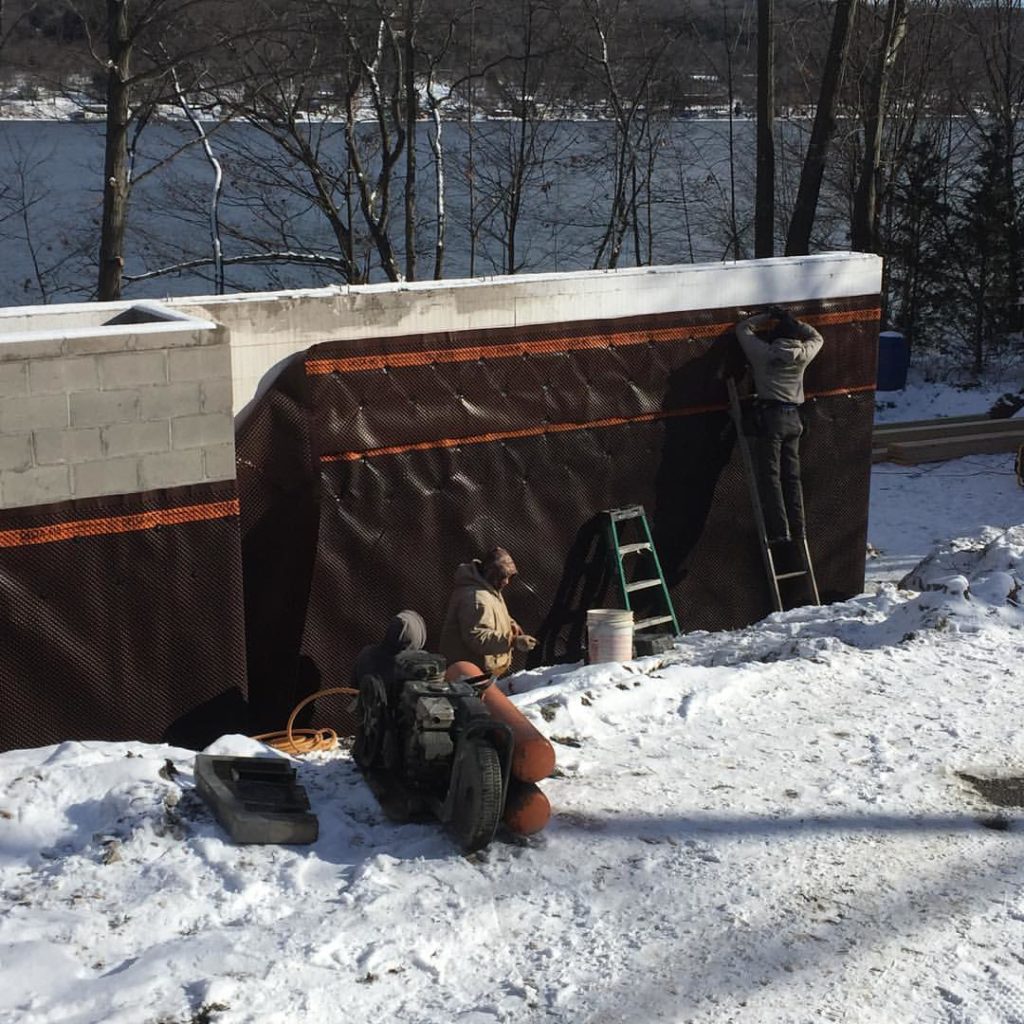 And speaking of drainage, waterproofing is absolutely critical in a Net Zero Homes. We aim for this house to be below 1-2 air changes an hour, so trapped moisture from a bulk moisture source like the ground would be a disaster. It's so important to have a water management strategy and good indoor air quality in a Net Zero Home. More on the ERV in the future!
And speaking of drainage, waterproofing is absolutely critical in a Net Zero Homes. We aim for this house to be below 1-2 air changes an hour, so trapped moisture from a bulk moisture source like the ground would be a disaster. It's so important to have a water management strategy and good indoor air quality in a Net Zero Home. More on the ERV in the future!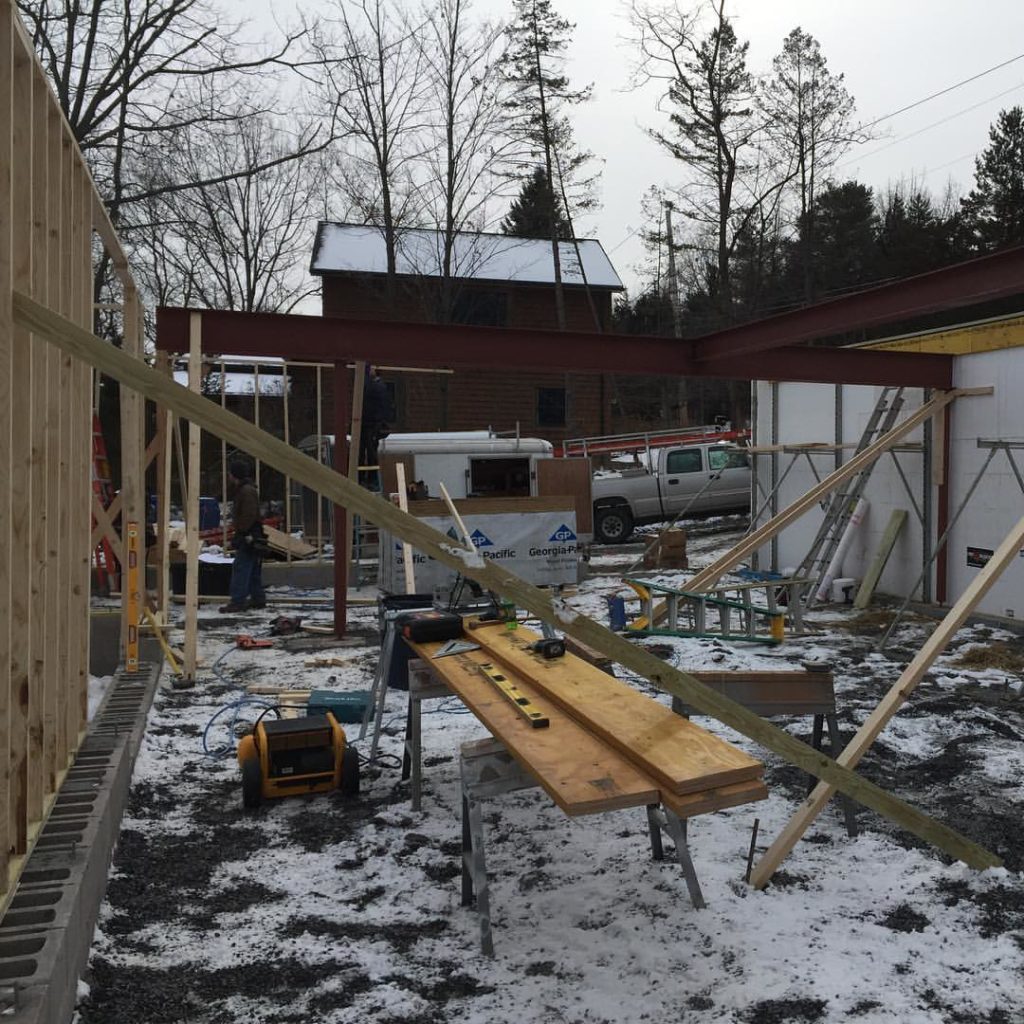 Steel going in. Sometimes with long spans, you have to move to steel.Stay tuned for more updates on the Keuka Lake Net Zero Home! And check out our friends over at
Steel going in. Sometimes with long spans, you have to move to steel.Stay tuned for more updates on the Keuka Lake Net Zero Home! And check out our friends over at 
